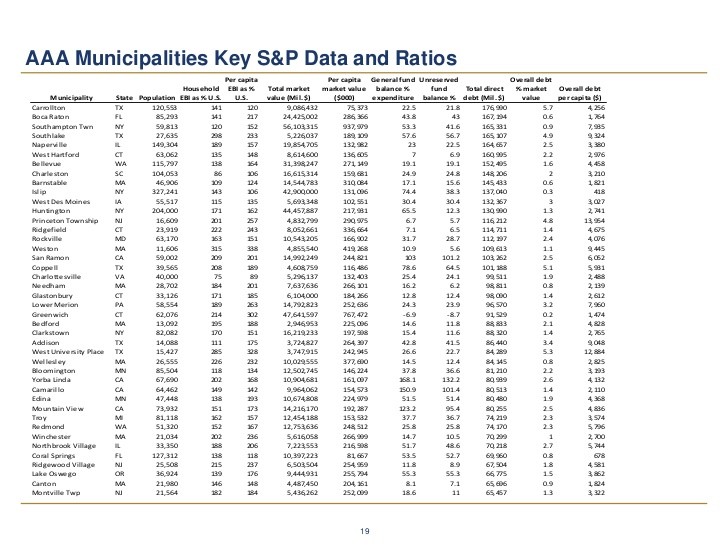What Are Build America Bonds_2
Post on: 19 Апрель, 2015 No Comment

The American Recovery and Reinvestment Act of 2009 was designed to be the ultimate stimulus. Billions of dollars will be devoted to various projects designed to get people back to work, improve infrastructure, and… surprisingly… stir up some lending as well.
Yes, I can’t believe this small part of ARRA slipped by my attention to details. Well, yes I can, because details are as important to me as they are to someone with a short attention… did I remember to pay my cable bill?
We should all know by now that governments finance a good portion of their spending through borrowing. If you’re a state of local government, you might sell municipal (muni) bonds which allow the bond investor to get tax breaks on the money they make. This allows the bond issuer to save on interest. Here’s a quick example of how muni bonds work.
- $1000 Bond pays 5%, so you pay taxes on $50 in income. Assume 20% tax rate, you net $40.
- $1000 Muni Bond pays 4%, so you pay no taxes on $40 in income.

It’s more complicated than that, but you get the idea. So you ask, what’s the point so long as I get my $40? Well if you’re the bond issuer, you only have to pay $40 instead of $50. That’s pretty sweet for the issuer. It’s justifiable since it is a government issuing the bond anyway.
With some likely help from the investment lobby, the Build America Bonds were created as a part of ARRA. Build America Bonds (BABs) are a hybrid bond that governments can issue. The interest is taxed, like a normal bond so it isn’t like a municipal bond. However, the interest rate is subsidized by the federal government to make the interest rate higher.
Say I was a local government and needed to build a $100 million bridge. I could issue bonds that pay 5%. But what if no one was interested? Maybe they could get a better return (risk held equal) elsewhere, or they’re worried I won’t actually be able to pay them back. If I’m a government that is struggling to pay current obligations and corporations are easily making payments on 7% bonds, you’d take your money to the corporate bonds. This is where BABs are pretty cool. The federal government will boost the interest rate on the bond and pay the difference. So if I needed to raise the rate to 7% to get my bridge financed by you (the investor), I’d pay you 5% and the feds will pay you the other 2%. That saves me (the local government) money and we get to build America a bridge!
There is another type of BAB that is not subsidized but instead behaves more like a muni bond, but it is less popular than the type described above.
BABs are basically designed for sophisticated investors. Think pension funds, insurance companies, foreign investors etc… You can buy them if you want, but it’s much easier to buy a mutual fund or ETF that focuses on them if your blood happens to be blue and white, in addition to red. Naturally, these funds already exist.
But is the BAB a really good idea or just a joke? It’s basically a cross between a federal bond and local government bond. It requires both the federal government and the local to remain solvent, which basically means the default risk is on the local government. With a subsidized interest rate there may be some bargains out there if you get in early. But this is all a bunch of bunk really. The branding is just some concoction of a congressional intern designed to hide the fact that these bonds simply exist because institutional investors told Congress this is what they wanted in order to get them to buy bonds issued by cash-strapped governments.














